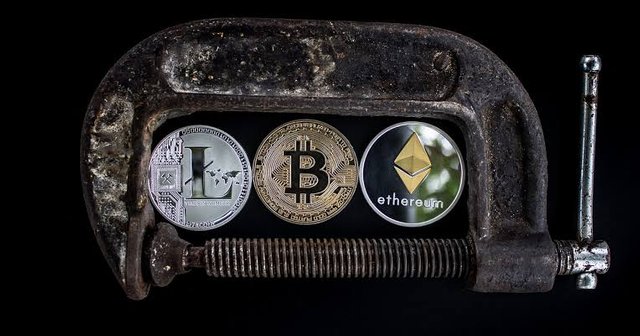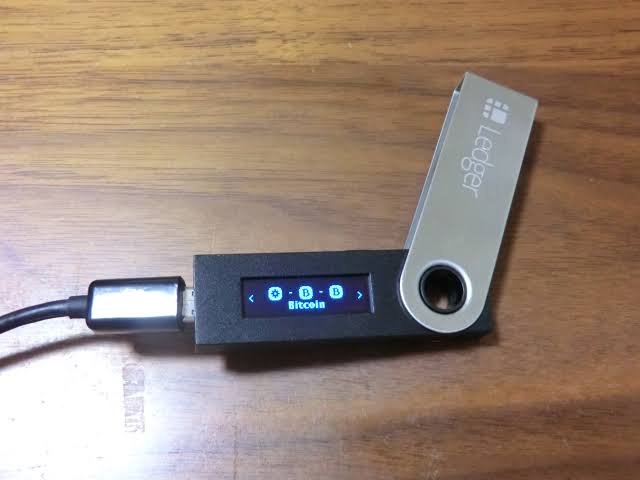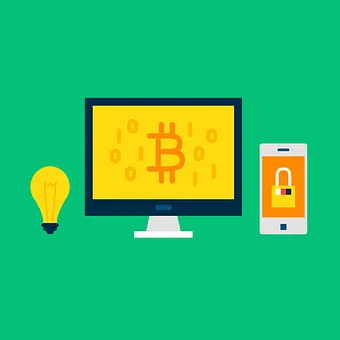Steemit Crypto Academy Homework: Blockchain Wallet- Chapter 3 | by @sapwood
Hello everyone. It's a privilege to present my homework for the steemit crypto academy week 3 from the crypto professor @sapwood lecture on Blockchain Wallet Chapter 3. I have been following the lectures so attentively and it's important that I respond to the homework to show I understood it.
Having known that Blockchain wallet is a cryptocurrency wallet that allows users on the blockchain to manage their assets. It can be used for storing, or exchanging crypto assets.
Types of Blockchain Wallets
The types of Blockchain wallets fall under two categories; Non-Custodian and Self-Custodian wallet. The classification of Blockchain wallets can either be one of the above, such that custodian wallets are the type of wallets operated by the exchanges whereby users don't have access to the keys but only password while the self-custodian are the ones whereby a user have access to the keys of the wallet and this type are crypto wallets which are always mainly for storing assets. Let's talk about some crypto wallets below;
Hardware Wallets: These are the type of wallets that uses some devices like pen drive as a storage for crypto assets. Such wallets generates keys (Private/Public keys) by randomness and provide users an easy access to their funds easily when connected to the computer. This is secure means of storing assets as it is offline and reduces the risk of exposing one's keys to potential hackers. Examples are Ledger, Nano X, Trezor, Keepkey and so on.
Software Wallets: These are the types of wallets that operates on online. It could be on the web/deskstop, it's basically an internet-thing wallet which can be accessed through a computer or mobile Application. This type of wallet have their keys online and users can choose to backup the keys offline for safety in case of likely reclamation of the wallet. This type of wallets are susceptible to hackers threat as they are placed on the internet, hackers tend to get their keys through the process called phishing. Examples are TronLink Pro, Blockchain.com wallet, Klever App and so on.
Multichain Wallets: These are the type of wallets that contains several numbers of Crytocurrency wallets and they are heterogenous blockchain wallet. They have several numbers of crypto on it such that each work for the family of its own, Bitcoin wallet on the multichain wallets works for its family alone, for transactions likewise Ethereum on the multichain wallets has its operations based on its family chain. This wallet have different ways of transacting for each crypto family. Examples are Trust Wallet, Atomic Wallet and so on.
The type of Wallets I Use
Since joining the Blockchain family, I've always been a user of the software wallets and I have several numbers of software wallets installed on my phone, like Blockchain.com wallet, TronLink Pro, Trustwallet, and many more. I prefer the software wallet for its easy access since I base the use of my crypto on the internet, although it is susceptible to hacking but I try as much as I can to keep my keys away from strangers and avoid clicking strange links and also have my keys backed up offline in several pieces of paper.
The Most Secure Blockchain Wallet
.jpeg)
Source
The hardware wallets are the most secured Blockchain wallets as they have the keys generated by randomness through the device and unlike software wallets, they are not placed on the internet thereby eliminating the risk of hacking. The owner tend to be the only one to use them at will without a stranger having access to the keys.
Important points to consider when dealing with centralized and decentralized wallet
Centralized (Exchange) wallets are the Blockchain method employed by most exchanges like Binance, Huobi, Bittrex and so on, where users have know access to the keys of their wallet. In centralized wallets, users can easily create an account using an email address, password and setting a 2FA (Multi-factor authentication). Centralized (exchange) wallets offer users the privilege to buy /sell, withdraw and send assets with ease. Centralized wallets offers trading; spot, futures, margin, P2P and so on. Basically, a centralized is advised for users that wants to trade their crypto assets from time to time. On the other hand, Decentralized (Crypto) wallets are the type of wallet whereby by users have access to their account's key and as such have full control over their account (self-custodian) and can decide when to move their assets at will in case of a switch to a new mobile or damaged phone, that requires the account moved to a new device. Note that crypto wallets is best for storing crypto assets and not for trading.
How to restore a Centralized (exchange)wallet
The restoration of a centralized wallet in very easy by resetting the account password. In a case of forgotten password or 2FA, a user can easily reset their password through the email address and thereby set a new 2FA. Although such user might not be able to withdraw and transfer his/her funds for like 2 days but the funds are not lost.
How to restore a Decentralized (crypto)wallet
At the creation of a crypto wallet, it is important to copy and backup the Mnemonic keys (which are essentially 12 words). The Mnemonic keys will help for the process of account recovery in case a user choose to move his/her funds to another device, all it takes is to supply the Mnemonic keys into the field and create a new password for the newly recovered asset. It is important to keep the Mnemonic keys offline in several pieces of laminated paper for easy access when the need be.
Web 3.0 wallet
Web 3.0 wallet is an essentially new age wallet that uses the combination of Semantic Web and AI and Blockchain for its operation. They have the special dApps incorporated which are used as a browser to navigate through the world of Blockchain. Examples are Metamask, TronLink and Multichain wallets. A few features of Web 3.0 are listed below;
Absolute ownership of the wallet.
It can easily interact with other dApps of the same family.
Web 3.0 is also a key (public/private key) based wallet.
It is compatible, seamlessly integrated and operate through the smart contracts.
Web 3.0 wallet I Use
I've been a user of Web 3.0 wallet and the one I use is TronLink . TronLink is a web browser extension on which once can easily interact with other dApps (JustLend, JustSwap...) of the Tron family.
It's my pleasure to have come this far and I believed I have done justice to this homework and thanks to the steemit crypto professor @sapwood for his teachings, I've learnt a lot from the professor. Thank you for reading.
Special regards;
Cc: @steemcurator01
Cc: @steemcurator02
Cc: @steemitblog
Cc: @sapwood
Written by; @fredquantum

.jpeg)


.jpeg)